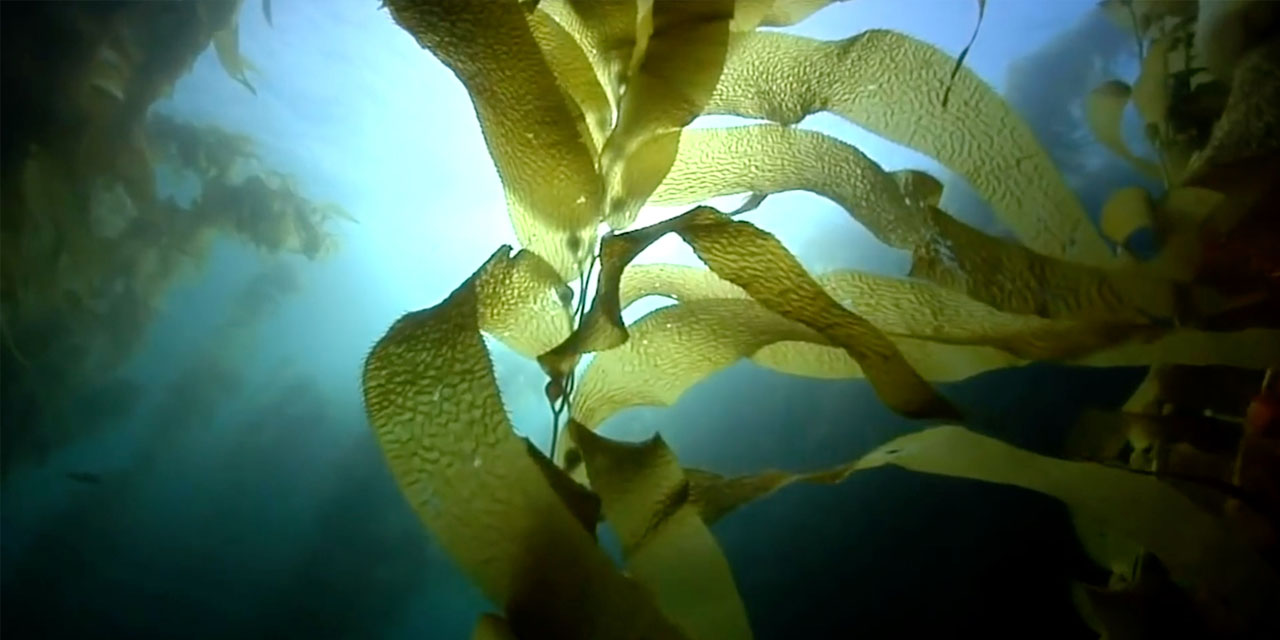Niël Terblanché
Kelp farming off the Namibian coast at Lüderitz is set to provide more green job opportunities for residents while also opening up opportunities in the international carbon credit market.
Along with green hydrogen and other jobs in the alternative energy sector, kelp farming has already begun and is providing much-needed jobs for the youth. The current youth unemployment level in Namibia stands at 50 precent.
The harbour town is also set to produce green hydrogen by utilising solar and wind-generated electricity.
Kelp Blue, the investor behind the kelp farming project, has already created two kelp farming forests in the sea.
The project is a joint venture between Kelp Blue, Climate Investor Two (CI2), and the Namibia Infrastructure Development and Investment Fund (NIDIF).
Kelp is fast-growing seaweed and has the ability to sequester more carbon dioxide (CO2) than terrestrial forests, while boosting marine biodiversity and improving fish stocks, and generating additional ecological benefits, including counteracting ocean acidification and de-oxygenation.
The farmed seaweed will be harvested to produce alternative agricultural feed, bio-stimulant fertilisers, and textile products.
The project’s business model aims to add value across the entire kelp value chain.
Along with creating giant kelp forests in the sea, Kelp Blue will also introduce innovations in offshore engineering and novel processing technologies that will reduce overhead costs while increasing scalable process efficiencies.
Economic development will be promoted through the creation of more jobs and value-added products in Namibia for local consumption and also for the export market.
Diamond giant De Beers is one of the companies that has signed up for potential carbon credits from the project as it strives to reduce emissions in the years ahead.
It is also helping fund Kelp Blue’s work to develop a method to measure carbon storage by offshore kelp, needed to generate more credits.
Co-founder of Kelp Blue and Chief Executive Officer of the company, Daniel Hooft, said that the underwater environment is teeming with life.
He said that giant kelp, the biggest of the brown seaweed varieties, can boost marine biodiversity and protect wildlife and added that research has shown that the Benguela ocean current that flows off the shores of Lüderitz offers ideal conditions for growing it.
“The kelp grows up from the seabed, about 10 metres deep, to the surface, forming towering canopies of “beautiful green, golden, photosynthetic leaves,” he said.
By regularly harvesting the top of the kelp’s canopy, the company hopes eventually to produce 150 tonnes of giant kelp per hectare each year to supply its processing plants.
The U.N. Environment Programme (UNEP) has said that kelp is an important nature-based solution for the problems associated with climate change because of its ability to store carbon.
Blue carbon is the carbon captured and sequestered by marine ecosystems and the credits generated by projects to protect, restore and expand these environments are in high demand.
Hooft said boosting biodiversity and contributing to social transformation through creating more jobs are central to the project’s ambitions.




